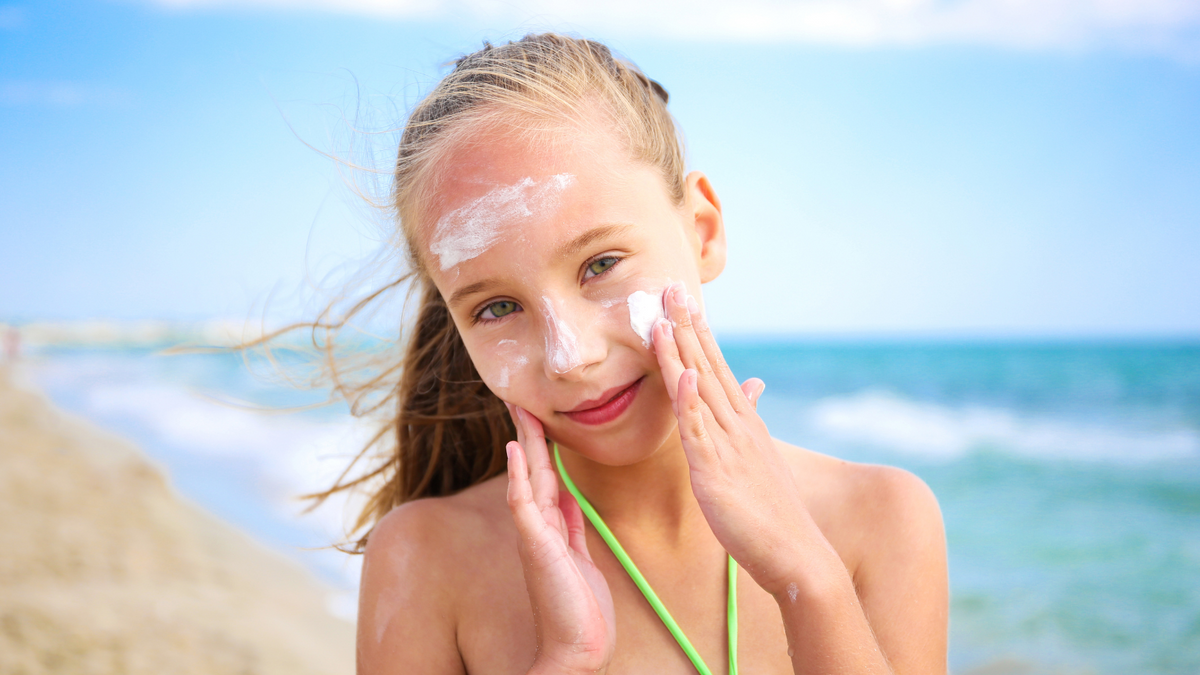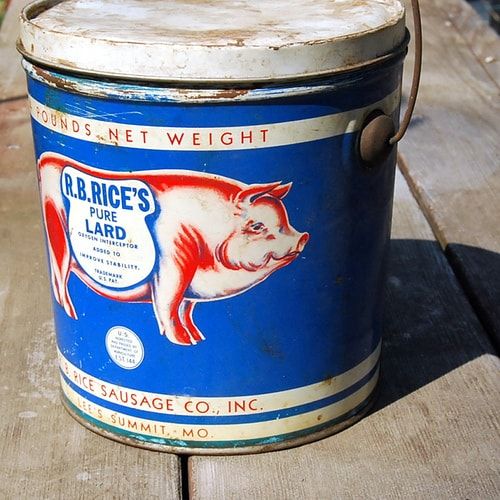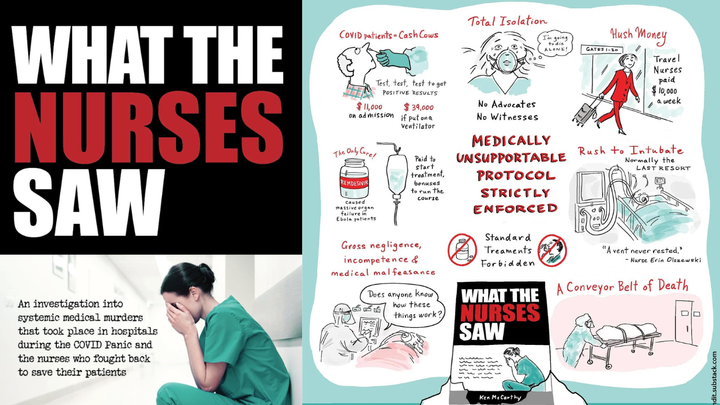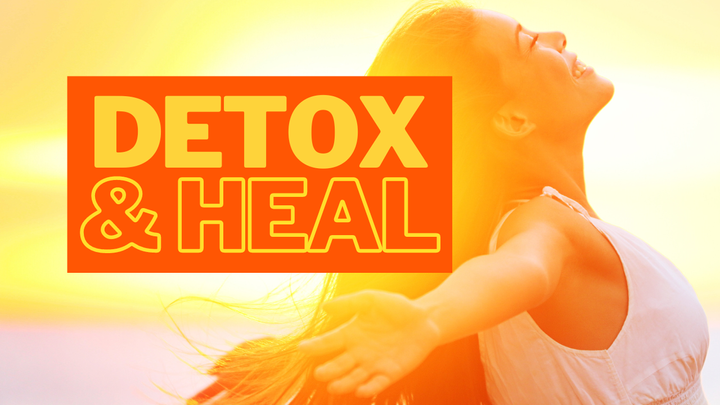70% of U.S. Children Have Insufficient Vitamin D
"About 70 percent of U.S. children have low levels of vitamin D, which puts them at higher risk for bone and heart disease.

"About 70 percent of U.S. children have low levels of vitamin D, which puts them at higher risk for bone and heart disease.
“We expected the prevalence of vitamin D deficiency would be high, but the magnitude of the problem nationwide was shocking,” said Dr. Juhi Kumar of Children’s Hospital at Montefiore Medical Center." (Source)
If this doesn’t prove we have a crisis of malnutrition in this country, I don’t know what does. Seventy percent is shocking. How did this happen?
Well, for one thing, kids don’t go outside much anymore. If they do go out, they’re covered head to toe with sunscreen, which blocks vitamin D production. When I was little, we used to spend all summer long at the country club, swimming and lying around in the sun. Or we’d be riding our bikes all day. And we never wore sunscreen.

We’re also not feeding our children the way we did even a few decades ago. When I was a kid in the early ’70s, we drank a lot of whole milk, ate fish or meat for dinner, and eggs and bacon cooked in butter for breakfast. And of course, back then, even McDonald’s French fries were cooked in beef tallow (that changed in 1983).
Nowadays, many American children are subsisting on a low-nutrient, low-fat diet. Instead of whole milk, they drink juice, soda pop, or skim milk (or soy or rice milk). Instead of eggs and bacon, they eat cereal made from refined flour. Instead of butter, they eat margarine. Instead of meat and fish for dinner, they eat pasta or salad.
Is it any wonder they are vitamin D deficient? We’ve all been conditioned to be afraid of animal fat, red meat and sun.
It’s like that quote from Woody Allen’s movie, Annie Hall, “Sun is bad for you. Everything our parents said was good is bad. Sun, milk, red meat… college.”
Turns out our parents were right after all. Sun, milk, and red meat are good for you.
How To Make Sure Your Kids Are Getting Enough Vitamin D
Considering that most of our kids are vitamin D deficient, this affects most of us parents. Here are some tips to boost vitamin D in children.
1. Soak Up the Sunshine
Every time we go to the beach or an outdoor pool, I see parents around the pool worriedly spraying and slathering sunscreen on their kids. When we were little we were outdoors so often, we didn’t get burned. We got deep tans every summer and our hair turned light.
According to Krispin Sullivan, we need to be outdoors during the middle of the day, 85% of our body exposed. She also says the recommendation of 10-20 minutes of sun a few times a week is inadequate:
"Only sunning between 10 am and 2 pm during summer months (or winter months in southern latitudes) for 20-120 minutes, depending on skin type and color, will form adequate vitamin D before burning occurs.
The current suggested exposure of hands, face and arms for 10-20 minutes, three times a week, provides only 200-400 IU of vitamin D each time or an average of 100-200 IU per day during the summer months. In order to achieve optimal levels of vitamin D, 85 percent of body surface needs exposure to prime midday sun. (About 100-200 IU of vitamin D is produced for each 5 percent of body surface exposed, we want 4,000 iu.) Light skinned people need 10-20 minutes of exposure while dark skinned people need 90-120 minutes." (Source)
Skip the Sunscreen
Sunscreen blocks vitamin D production.
"According to Michael F. Holick, M.D., Ph.D., of the Boston University School of Medicine, a sunblock with SPF 8 reduces the skin’s vitamin D production by 95 percent. “If you wear sunscreen ‘properly,’ you’ll become vitamin D deficient,” he says." (Source)
I don’t put sunscreen on my daughter. I try to make sure she gets frequent sun exposure so she’s less likely to burn. If she does start to burn, I just put a hat on her and cover her with clothes. But I see no need for sunscreen.
The great thing about vitamin D is the body stores it. So if you let your kids go outside and play all day in the summertime, sans the sunscreen, they’ll store vitamin D through the winter.
However, it is hard to get enough vitamin D from the sun, especially for those who live in a northern climate. So it’s important to provide adequate nutrition for your children.
2. Supplement With Cod Liver Oil
I believe it’s important to supplement the fat soluble vitamins A & D. Yes, you get them from food, but they are so critical to health, particularly in growing children, that I want to make sure they’re getting all they need.
Even the American Academy of Pediatrics is now saying we should supplement our children with vitamin D:
"The American Academy of Pediatrics, which recently updated its vitamin D guidelines, now recommends that infants, children, and teens should take 400 IU per day in supplement form.
Supplements are especially important for children living in northerly regions where the sun may be too weak to maintain healthy vitamin D levels." (Source)
The traditional vitamin D supplement is cod liver oil. I’ve informally polled friends from all over the world: Sweden, Finland, India, Russia, Guatemala, and Honduras — they all grew up with cod liver oil.
I’ve been giving my daughter cod liver oil since she was 6 months old — and she’ll get it every day until she goes to college (of course I’ll send a bottle with her).
3. Eat More Fish
Fatty fish — including salmon, herring, mackerel, and tuna — is very high in vitamin D. Oysters and shrimp also contain vitamin D.
We try to eat fish at least once or twice a week. We love mussels, oysters, salmon roe, salmon, crab, shrimp, and scallops. We’re also crazy about sushi. We even love anchovies, pickled herring sardines (fresh ones — not the kind in the tin).
If you don’t have ready access to fresh fish, you can buy frozen shrimp or salmon. You can also buy tins of sardines or jars of herring or oysters. Oysters in a jar may not taste the same as fresh oysters, but they can be used for oyster chowder or for fried oysters.
4. Go Back to Bacon and Lard
Did you know pig fat is very high in vitamin D? Who doesn’t love bacon?
We eat bacon at least once a week. We love bacon and eggs. I also add bacon to risotto, salads, baked beans, lentils, or make pasta sauce with it. I use the leftover bacon grease to cook with. You can use it to cook eggs, make refried beans or fried risotto, or sauté greens like Swiss chard or kale.
We also love pork sausage. Breakfast sausage, liverwurst, salami, pepperoni, prosciutto — there are so many ways to love pork.

Learn to Love Lard
As much as everyone loves bacon, people seem to hate lard. It’s gotten a bad rap over the years, but many people are coming around to eating it again.
Lard is pure pig fat and is extremely rich in vitamin D — second only to cod liver oil.
Did you know that 100 years ago, lard was a staple in American households and restaurants? Nobody cooked with vegetable oil or shortening. They used lard, beef tallow and butter.
Lard, like cod liver oil, is another one of those things people have been eating for centuries — all over the world. Did you know that lard is the traditional cooking fat used in Mexico, Central America, South America, Japan and China? It’s also traditional in Italy, Spain and many other countries.
But what about cholesterol? Interestingly, 100 years ago, heart attacks were unheard of. If you asked a medical doctor in 1909 about heart attacks, he would have no idea what you were talking about.
And what about the French paradox? I could go on, but I won’t.
It’s time to give up this foolishness about cholesterol and start loving lard again.
How To Buy Lard
I don’t recommend store-bought lard, since it’s usually partially hydrogenated. You also want to get pig fat from a farm that keeps the pigs outdoors. The more sun they soak up, the more vitamin D is retained in the fat. Talk to local farmers at the farmer’s market or check out EatWild.com for sources of pastured pig fat.
You can render your own lard at home very easily (it’s cheap, too). Best of all, it’s delicious. Makes the best pie crust. Mmm… fried chicken anyone?
Click here to read my post about how to render lard and beef tallow. (It’s easy.)
5. Buy Pastured Eggs
Chickens raised on pasture produce eggs that are much higher in vitamin D. According to The Mother Earth News, eggs from pastured hens are 4-6 times higher in vitamin D than supermarket eggs. (Source)
Also — you want to eat the yolks. That’s where the vitamins are. Egg white omelettes are so five years ago.
6. Get Tested
It’s easy and inexpensive to get tested. Click here to order a home test online. Also, read this article about getting tested: Am I Vitamin D Deficient?
UPDATE: When I was writing this post, I was trying to remember where to find the online study that’s offering discounted testing.
Instead of $65 per test, you can get the home test for only $30! Here’s the link:
Grassrootshealth Vitamin D testing
Here’s the details, thanks to reader GeeNee:
You fill in a brief online questionnaire (less than 5 mins) and you get the chance to do a vitamin D test for only $30 (roughly £20). The full “trial” lasts 5 years (one test every 6 months), but you have the option of just signing up for one test with no obligation to continue (you’ll get a reminder email in 6 months).
I’m ordering the tests for our family. I’ll let you know our results
Photo credit: Sunscreen, Baby and R.B. Rice Lard Bucket on Flickr



Comments ()